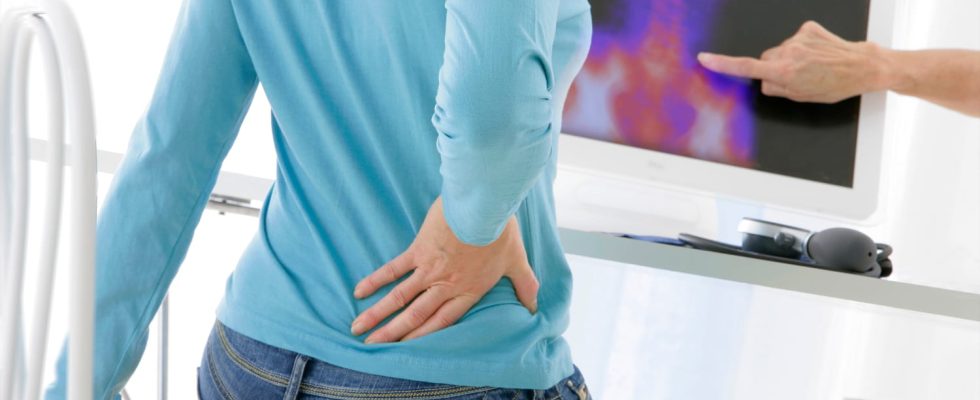Cervical arthrodesis is a surgery that fuses two cervical vertebrae together. This bone graft is used to treat several types of pathologies.
Arthrodesis is a surgical procedure which consists of fuse two joints together. In the case of cervical arthrodesis, these are therefore two cervical vertebrae which must be merged.
To treat what?
Arthrodesis is used to treat several pathologies, of which here are the three main ones:
- Degenerative pathologies such as wear of the intervertebral disc, placed between the vertebrae, or articular surfaces;
- Of the joint trauma or a disc injury;
- A cervico brachial neuralgia which occurs whenosteoarthritis or a herniated disc compresses a nerve.
During the operation, the surgeon performs disc replacement combined with bone grafting. The graft is located in a cage placed between two vertebrae and held using plates or screws. The fusion will thus take place through this cage. There are two processes:
► Posterior arthrodesisi.e. from the back of the neck with screws and rods
► Anterior arthrodesisfavored, from the front of the neck.
What precautions after the operation?
A period of convalescence as well as restrictions such as driving, carrying loads, and sporting activity are necessary. “Once the bone fusion has worked, all restrictions are lifted. In general, bone fusion takes place between 9 months and 1 year“, indicates Dr Robin Arvieu, spine surgeon at the Paris Spine Institute.
What pain after arthrodesis?
“The path taken to access the disks is not painful but posterior muscle pain related to the operationparticularly at the level of the trapezius, can take place“, warns our interlocutor.
What risks?
The operation presents neurological risks because the area is in contact with the spinal cord in particular. There are also risks related to the approach because many noble organs are present on the path taken to reach the spine. Finally, it is possible that the graft will not take. This is the case if the delay exceeds one and a half times the time it should have taken for the graft to work. In this case, it is necessary to operate again. To avoid this, it is essential to take risk factors into account. Some factors are modifiable such as smoking, diabetes, osteoporosis and non-compliance with instructions but others cannot be changed such as diabetes and age.
Can we sleep well afterwards?
Since the surgery is only slightly painful, there is often no problem sleeping after cervical arthrodesis.
Should we do rehabilitation afterwards?
Rehabilitation usually begins 1 and a half months after the operation and is essential for recovering cervical mobility, strengthening the trapezius and neck muscles. The duration of rehabilitation depends on the person, the age of the pathology, and the after-effects already present before the operation. It lasts on average three months.
Thanks to Dr Robin Arvieu, spine surgeon at the Paris Spine Institute.
